Detailed Report On
Textile Industry
The textile industry plays a substantial role in the nation’s economy and in the creation of jobs. The textile industry in India is one of the best in the world, contributing about 16% of total industrial production and 33% of total exports.
What is Textile Industry?
Detailed Report on textile industry is as follows.
The entire spectrum of textile design, development, production, and distribution is included in the textile business. With hand-spun and hand-woven textiles in one location and capital-intensive modern mills in another, this industry is becoming more and more varied. The primary sector of the textile industry is the dispersed powered loom/hosiery and knitting business. The textile industry has the capacity to produce a wide variety of goods suitable for different market niches in India and around the world.
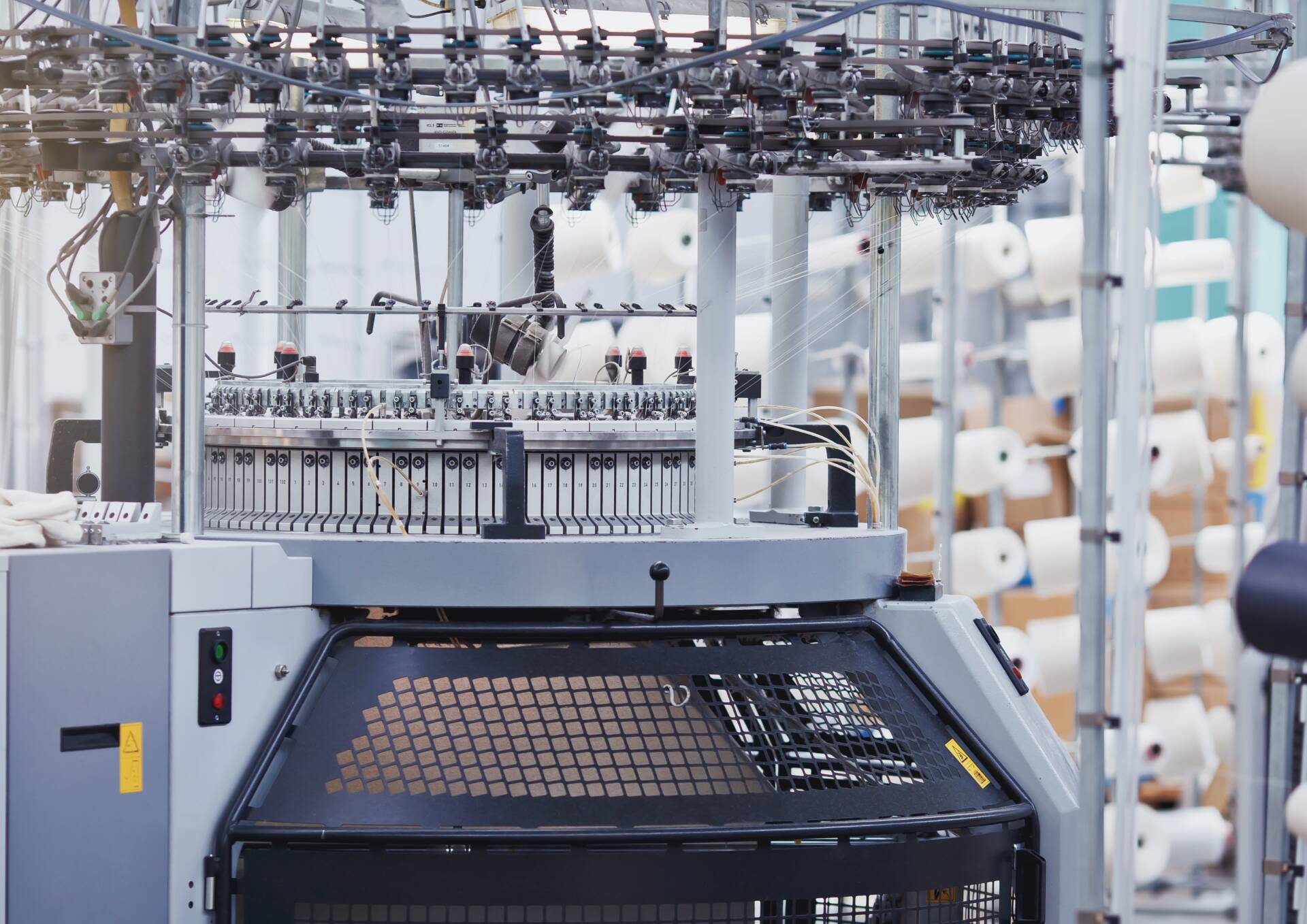
Five Different Types Of Textiles –
- Plant-based
- Animal-based
- Cellulosic
- Semi-synthetic
- Synthetic
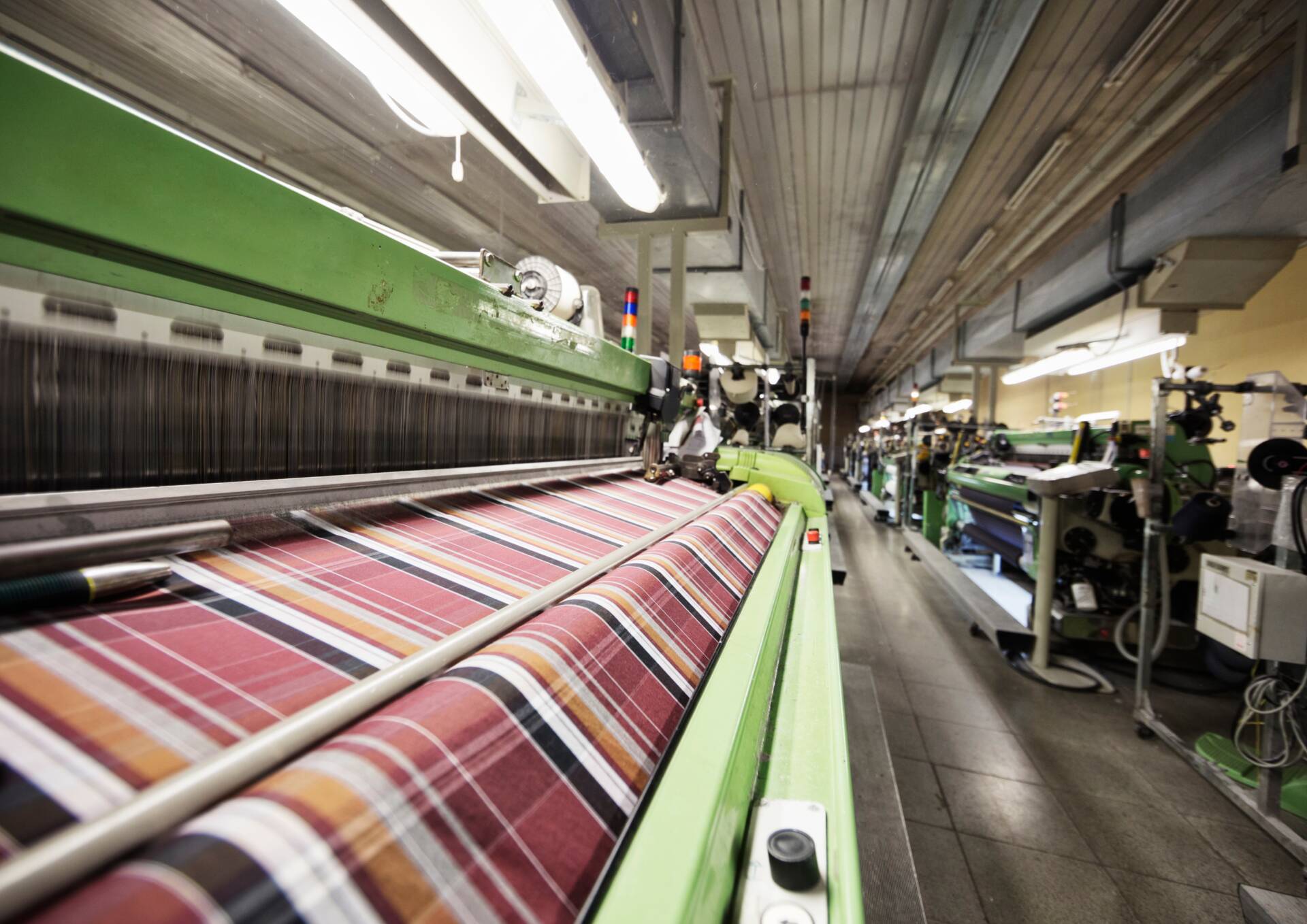
The second most basic need for people is textile. It does have a significant impact on how we conduct our daily lives. Humans have used a variety of textiles since the beginning of time for purposes including personal decoration, warmth, protection, and prestige symbolism. Other types of modern textile fabrics, crafted from both natural and synthetic materials, are frequently categorized according to style.
Detailed Report Sample On Textile Industry

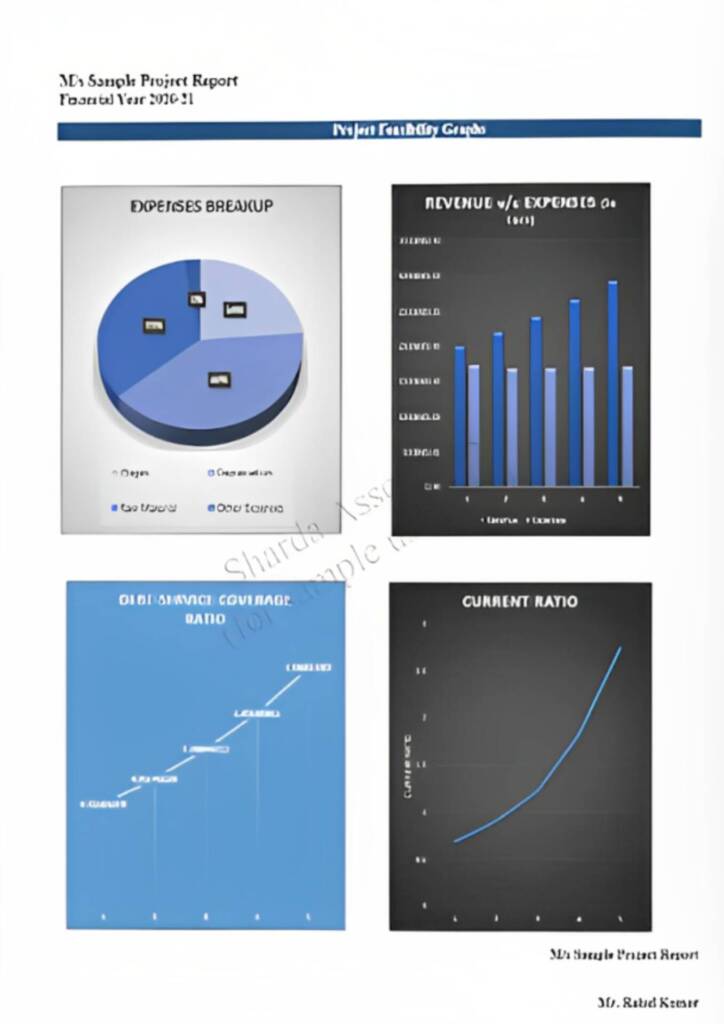
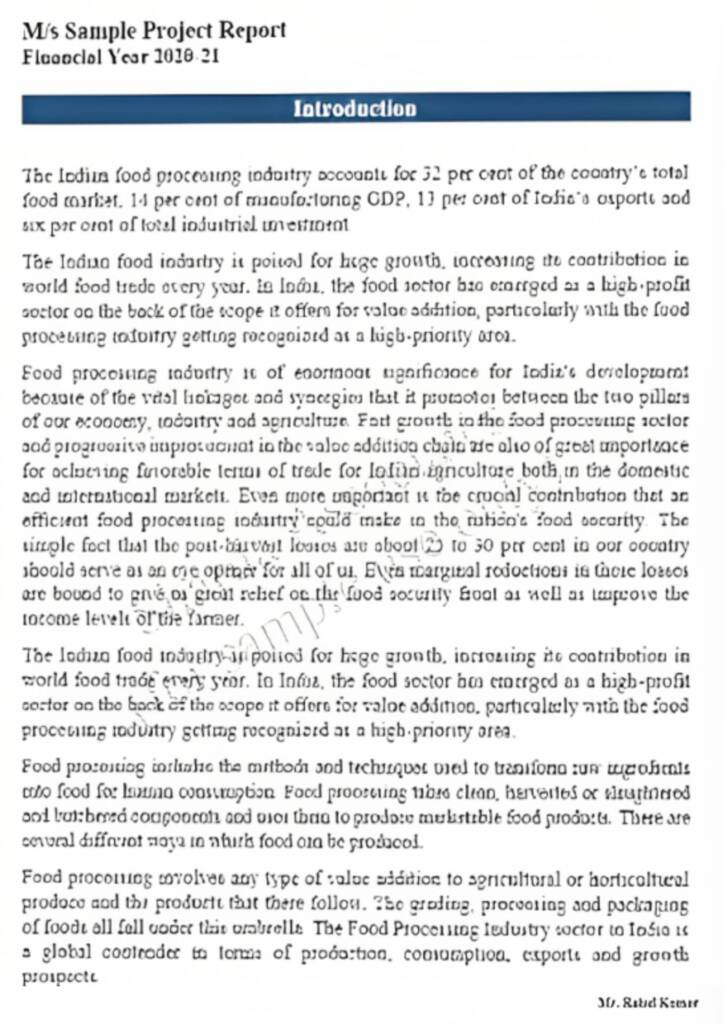
Market Potential Of Textile Industry
The textile and apparel industries in India are robust at every stage of the supply chain, from fiber to yarn to fabrics to outfits. It is extremely varied, with categories ranging from traditional handloom products, handicrafts, wool, and silk products, to contemporary textile mills.
The use of capital-intensive technologies for the mass production of textile products distinguishes the structured textile industry, which includes spinning, weaving, processing, and garment manufacturing. The value of the local textile and apparel industry in 2020–21 was $99.2 billion, of which $82 billion was used domestically and the remaining amount was shipped to other markets.
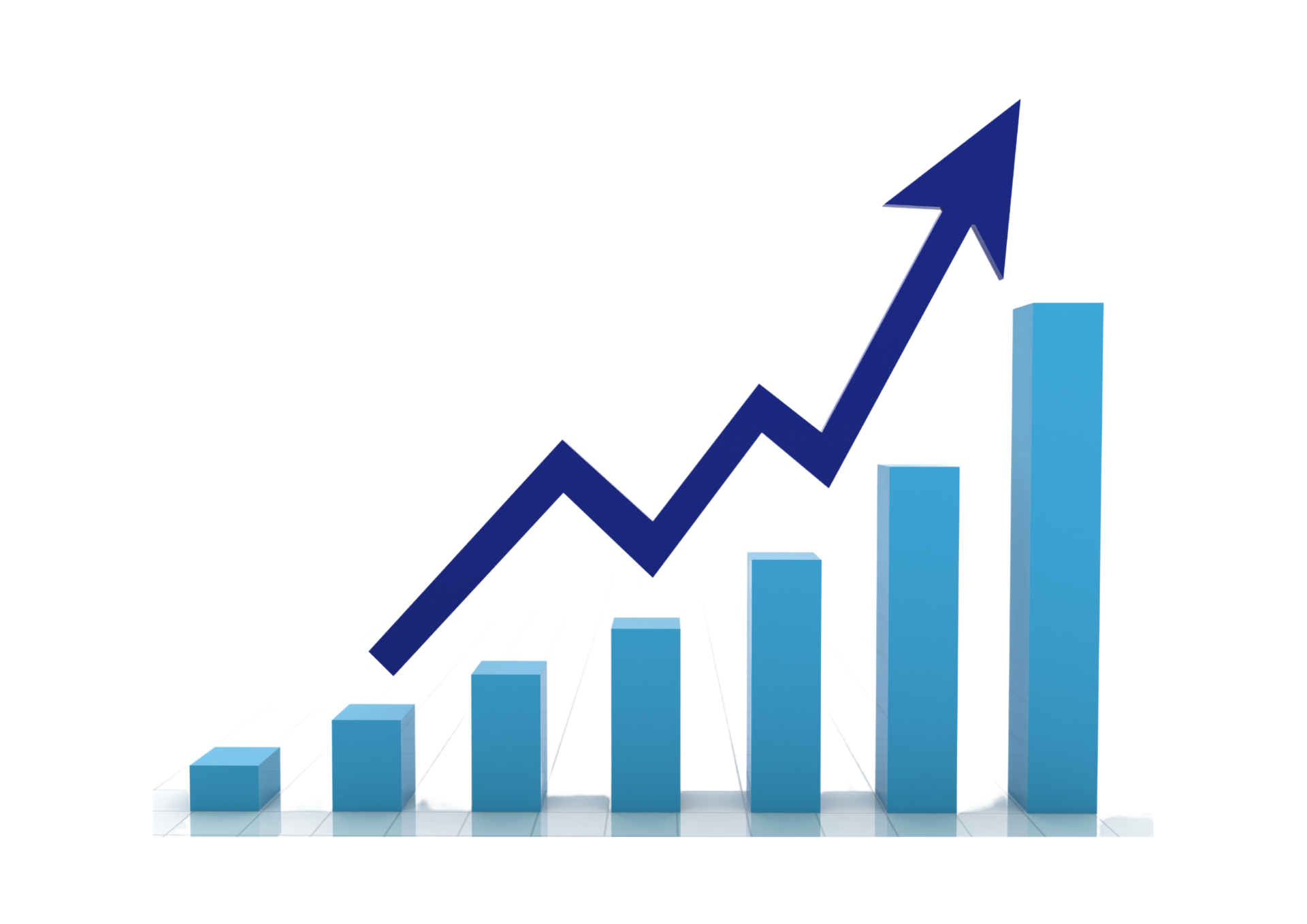
Various methods are used to make fabrics. Knitting and spinning are primarily used by them. The main technique used to make textiles is weaving. Before spinning, the method most likely became well-known. Perhaps the earliest people learned how to create clothing for themselves by observing the grasses and twigs in bird nests. When people discovered that the fundamental materials could be enhanced before being sewn, spinning was invented.
Contents of Project Report
A project report helps you identify whether a project is worth pursuing. It presents the holistic view and brings complete insight of the business and its activity.
It acts as a guide for all the business operations, aids in taking all financial decisions related to the existing businesses and to the start-ups. It serves as roadmap to the business and provides information to the outsider who are wanting to know more about the business.
You will have the opportunity to build new goals and expansion ideas in one single document. Everyone, from the banks to potential investors, will need to have a look at the project report before they shell out any money.
A well drafted project report generally consists details about:
- Brief History of the Business
- The Promoters
- SWOT Analysis
- Industry Outlook
- Past Financial Statements
- Projected Financial Statements
- Infrastructure and Human Resource required
- CMA data
- Business model
- Requirement of Working Capital Funds
- Means of Finance
Other relevant information, if any.
